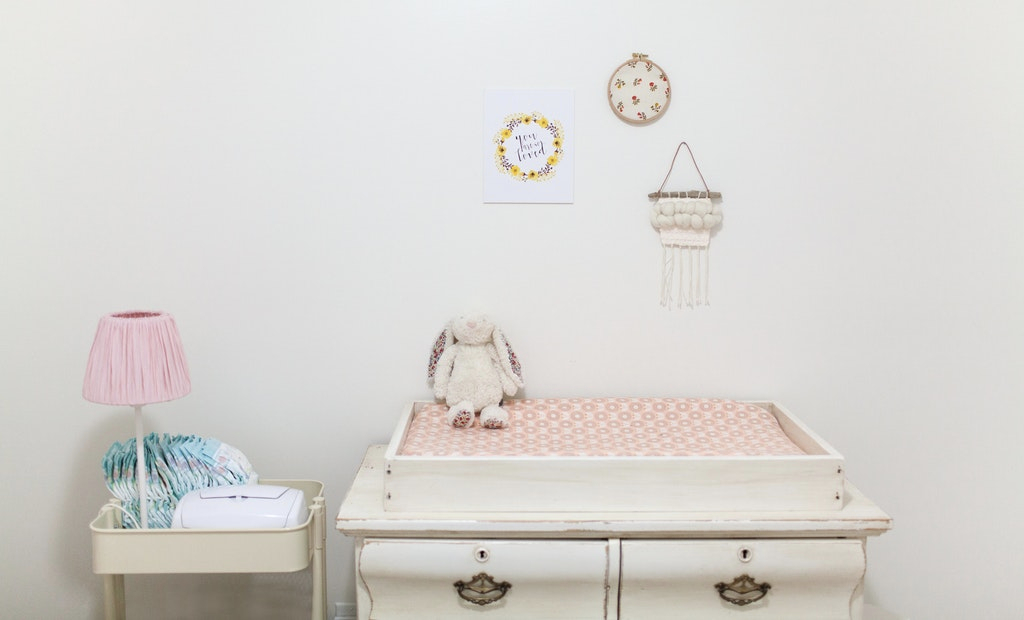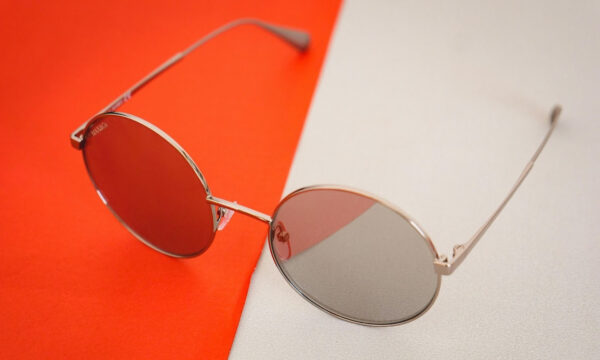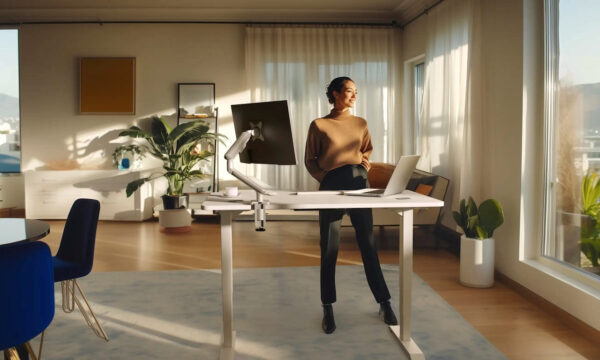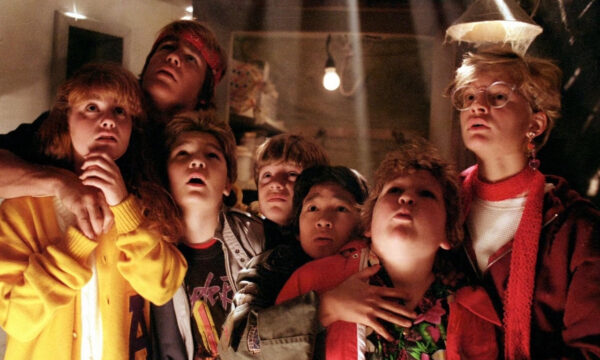How to arrange a child’s room

A child’s room is a separate little world in the middle of the home. While an adult uses a bedroom for sleeping, the living room for receiving visitors or entertaining, and (ideally) a study for work, a child has all these spaces in one room!
An important difference between furnishing a child’s room and an adult’s is that the furniture has to “grow” with the child, and the space in which everything takes place should, above all, be functional and safe. However, at the same time, it should entertain the child, develop their imagination, creativity and desire to learn new things – and look good too! That’s a lot to consider, so why not read on for our tips on where to start?
It’s not rocket science to arrange a great child’s room, but it is necessary to follow certain principles for the happy and, above all, safe growth of our little ones.
The most important and often most problematic factor of a quality nursery is space. The room must be spacious enough to allow the separation of the different zones (work, sleep, play). Thus, the child will be able to learn orderliness from a young age. If it is a room for more than one child, the privacy of siblings should also be respected. If this cannot be done physically, you can instead try to visually partition the room.
When choosing a suitable room, you can also prioritise one more basic variable over size: natural lighting. A child’s room should ideally contain two or more windows, which, in addition to their practical and safety features, have the function of visually enlarging and providing light throughout the room.
Another underestimated factor is the orientation of the room. If it faces east, your child will have the added benefit of the sun’s rays first thing in the morning, helping them prepare for the day and, conversely, at night promoting sleep and a pleasant feeling of tiredness.
You can start decorating the room with a suitable choice of flooring. The surface should be easy to maintain, warm and non-slip for safety. Various types of floating floors are particularly popular, often complemented by rugs that act as attractive additions to the interior.
The next step is to paint the walls. Although choosing the colour seems like one of the easier decisions, this is not necessarily the case. Precisely because of the plethora of shades and types of colours to choose from, you need to have a flair for colour but at the same time not be afraid of it. It is colour that can visually make a room look bigger or smaller and highlight particular parts of the room.
After that, all you have to do is choose the right furniture and accessories to complete the room! You should pick children’s furniture according to your child’s age. A toddler, a preschooler and a child in upper primary school will all have different space and furnishing requirements. Your task is to meet the needs, requirements and, in a way, wishes of the child at all stages of growth. Many experts recommend that you involve the child as the architect in the design of the nursery, and try to combine their wishes, hobbies and tastes with functionality, ergonomics and, last but not least, financial budget.
Which pieces of furniture do you need in a child’s room?
- A bed – make sure it is equipped with a quality grid and a mattress, as this is the basis for the healthy growth of the child.
- A desk – look for one with sufficient storage space in the immediate vicinity.
- A chair – ensure it is the correct size for the child’s age, as this is important for correct posture.
- Storage spaces – they should be divided according to the items to be stored (wardrobe, bookcase, cupboard for games and toys…). These can help you teach the child to be neat and organised from an early age.
Don’t underestimate the amount of artificial lighting you need: usually a central light fixture plus smaller fixtures above the work area and bed. Depending on the colours and furnishings of the room, why not fine-tune different areas with rugs, which serve as a great place for younger children to play, or add a children’s writing board? You can also use bulletin boards to display your child’s artistic creations. There are no limits to imagination, but remember that too much of anything can be overwhelming
The editorial unit
























Facebook
Twitter
Instagram
YouTube
RSS